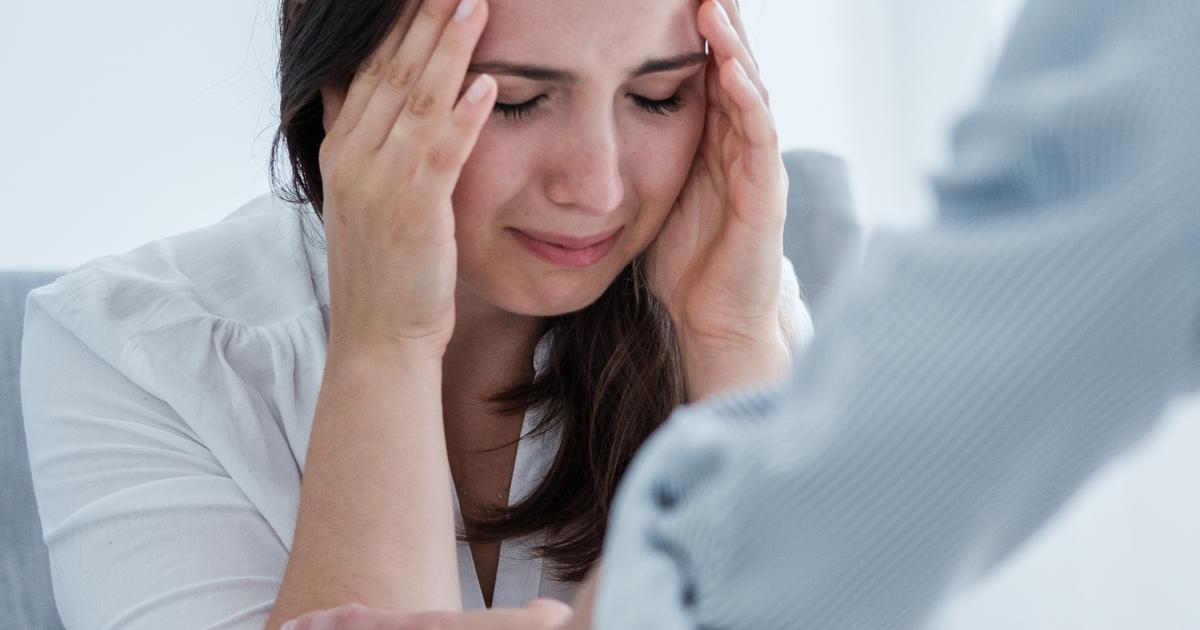The Various Ominous Forms Of Depression
It is normal for everyone to feel down once in a while, however, if an individual feels sad most of the time and it affects the quality of their life, they may be experiencing a form of depression. Thankfully, depression can be treated with medication, talking to a therapist, making lifestyle changes, meditation, or a combination of these. There are numerous types of depression with various causes, ranging from stressful life events or chemical imbalances in the brain. Understanding the different types of depression is incredibly helpful for effective treatment.
With this in mind, discover the various types of depression and how they can each be treated now.
Major Depression

Over sixteen million Americans, a majority of them being women, experience major or clinical depression, an incredibly common form of depression. An individual might have major depression if they feel depressed the majority of the time for most days of the week. Symptoms a patient can experience include a loss of interest or pleasure from their activities, weight loss or gain, difficulty sleeping or constantly feeling tired throughout the day, and a lack of energy. Other symptoms include feeling restless and agitated, very sluggish and slowed down mentally or physically, feeling worthless or guilty, difficulty concentrating, and thoughts of suicide.
According to the American Psychiatric Association, a doctor can diagnose an individual with major or clinical depression if they display five or more of these symptoms on most days for two weeks or longer, with one of the symptoms being a depressed mood or loss of interest in activities. Treatment options for patients include talk therapy with a mental health professional, antidepressants, and if therapy and medication do not work, electroconvulsive therapy, or repetitive transcranial magnetic stimulation.
Next, learn what persistent depressive disorder is and how it is similar to major depression.
Persistent Depressive Disorder

If a patient displays signs of depression for two years or longer, it is known as persistent depressive disorder. This term describes two conditions on opposite sides of the spectrum previously known as dysthymia, which is low-grade persistent depression, and chronic major depression. The symptoms of persistent depressive disorder include a change in appetite, sleeping too much or too little, fatigue or a lack of energy, low self-esteem, difficulty concentrating and making decisions, and feeling hopeless, similar to the symptoms of major depression. Again, similar to major or clinical depression, a patient can be treated with psychotherapy, medication, or a combination of the two.
Keep reading to find out about manic depression, often known as bipolar disorder, next.
